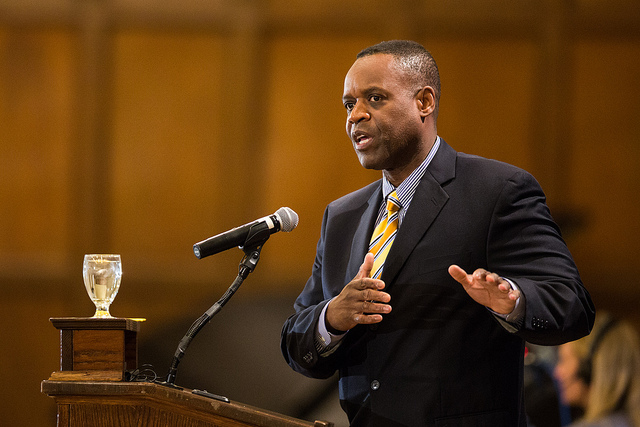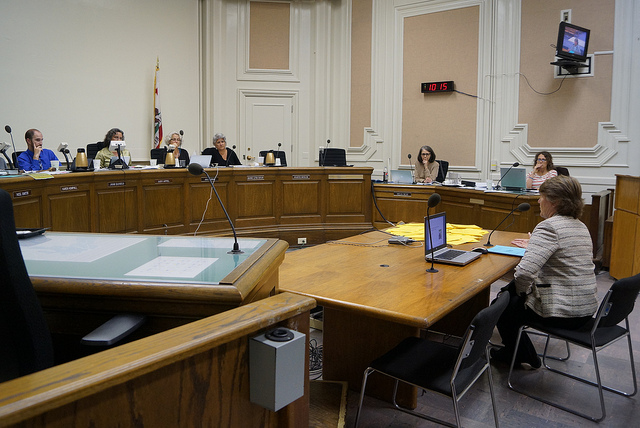It’s early yet, but a new analysis of Kentucky’s recent pension overhaul says that the reforms are working—at least for some.
The study, released by the Urban Institute today, shows that the state’s reform measures will result in more benefits for most workers, although the most experienced workers in Kentucky’s system are not likely to benefit at all.
From the Courier-Journal:
Researchers concluded that the shift will provide at least as much lifetime benefit to 55 percent of vested employees and that most workers with up to 24 years of service will fare better compared to the traditional plan.
But, the report notes, most workers with more than 25 years of service, or those hired later in life, would benefit more from the traditional plan. And employees with 30 years or more will receive about $180,000 less under the change, it said.
The reform measures, signed into law last year, switch public employees from a defined-benefit plan to a hybrid cash-balance plan.
A recap of the new plan:
The state’s traditional retirement plan determined pension benefits based on an employee’s salary. The cash balance approach guarantees a 4 percent return while basing additional benefits on investment performance at Kentucky Retirement Systems. But the change only applies to employees hired after Jan. 1.
Proponents argue that it will help spread out investment risks between government and workers and save the state money during economic downturns.
Draine said the report shows 90 percent of the benefits went to only a quarter of employees under the old system, while that number drops to 66 percent with the reforms.
But critics contend that it makes retirement income less predictable for public employees.
Kentucky is also required under the law to make its full Actuarially Required Contribution, which it frequently skipped out on over the past decade. That comes at a cost of about $100 million annually, which was paid for by eliminating COLAs and increasing the state’s personal income tax.
As of 2011, Kentucky’s retirement system has the 7th highest unfunded pension liability in the country. The Kentucky Employees Retirement System is only 50.5% funded.
Photo Credit: OZinOH via Flickr Creative Commons License









